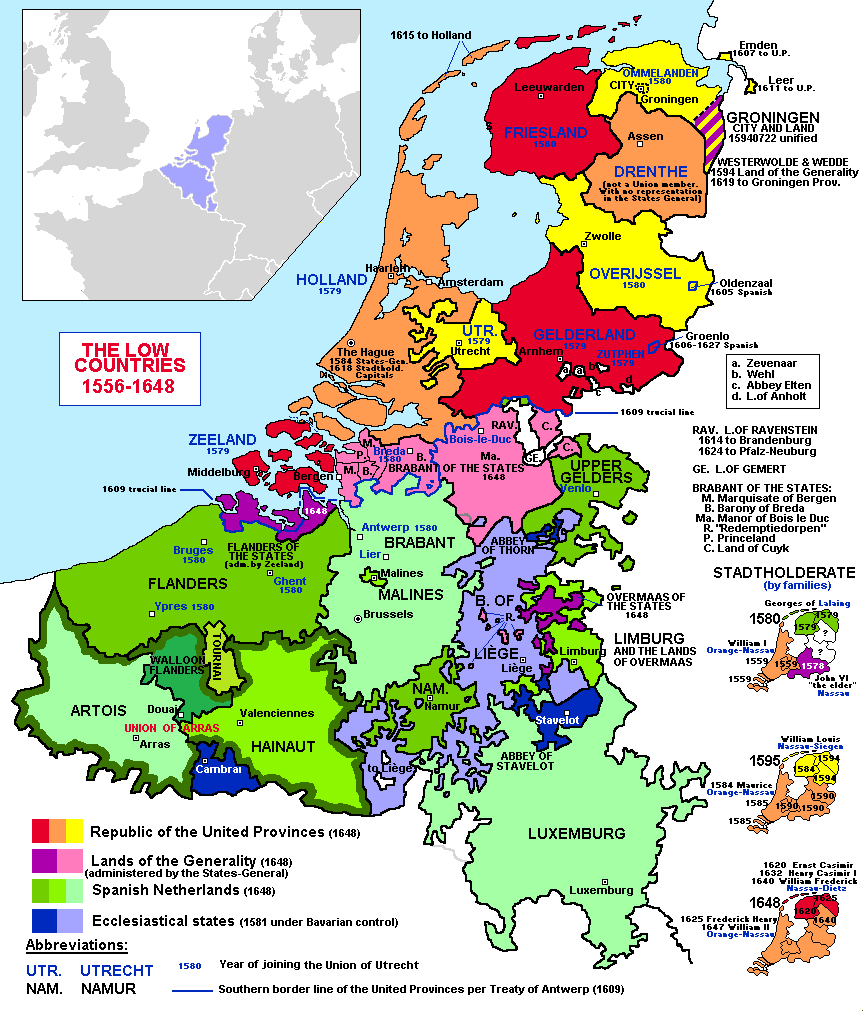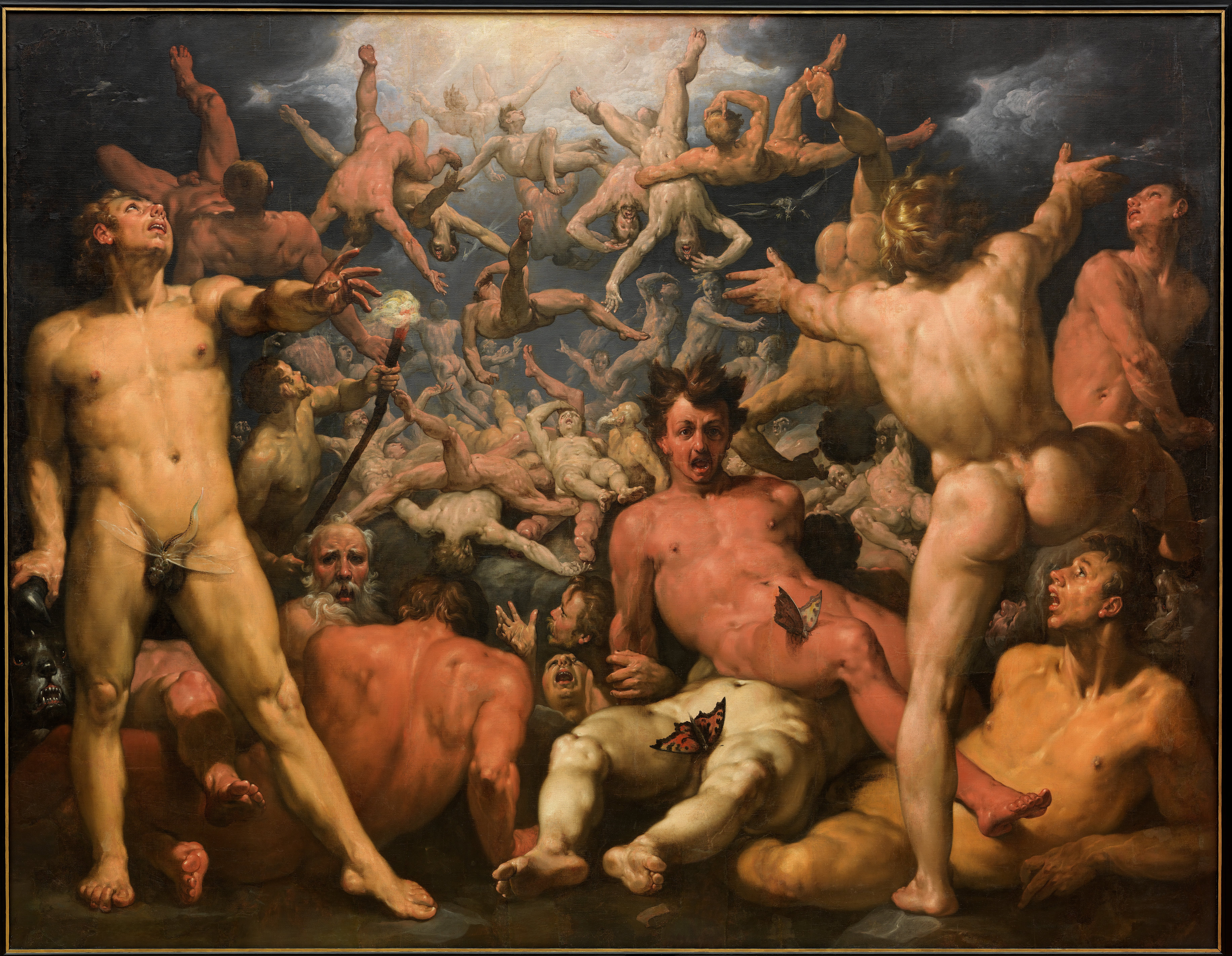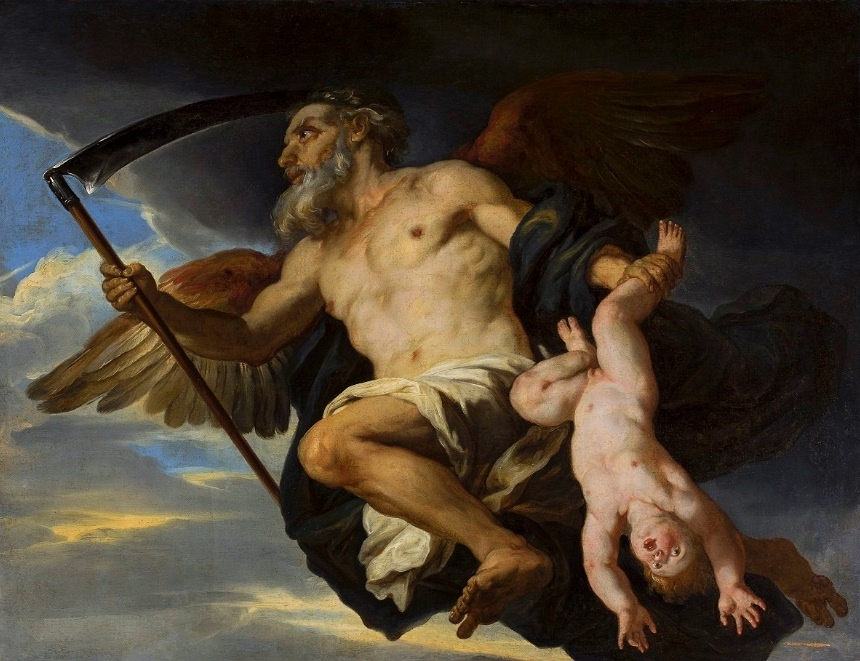|
Grim Reaper
The Grim Reaper is a popular personification of death in Western culture in the form of a hooded skeletal figure wearing a black robe and carrying a scythe.More About ''Grim Reaper'' . ''Dictionary.com''. December 2024. Since the 14th century, European art connected each of these various physical features to death, though the name "Grim Reaper" and the artistic popularity of all the features combined emerged as late as the 19th century. Sometimes, particularly when winged, the character is equated with the Angel of Death. The scythe as an of death has deliberate agricultural associations since the medieval period. The tool symbolizes the removal of human s ... [...More Info...] [...Related Items...] OR: [Wikipedia] [Google] [Baidu] |
Francesco Pesellino
Francesco Pesellino (probably 1422 – July 29, 1457), also known as Francesco di Stefano, was an Italian Renaissance painter active in Florence. His father was the painter Stefano di Francesco (died 1427), and his maternal grandfather was the painter Giuliano Pesello (1367–1446), from whose name the diminutive nickname "Pesellino" arose. After the death of his father in 1427, the young Pesellino went to live with his grandfather whose pupil he became. Pesellino remained in his grandfather's studio until the latter's death, when he began to form working partnerships with other artists, such as Zanobi Strozzi and Fra Filippo Lippi. He married in 1442, and probably joined the Florentine painters' guild in 1447. In the following years he made for reputation with small, highly-finished works for domestic interiors, including religious panels for private devotional use and secular subjects for pieces of furniture (i.e. wedding chests and wainscoting). Pesellino died of plague ... [...More Info...] [...Related Items...] OR: [Wikipedia] [Google] [Baidu] |
Pieter Bruegel The Elder
Pieter Bruegel (also Brueghel or Breughel) the Elder ( , ; ; – 9 September 1569) was among the most significant artists of Dutch and Flemish Renaissance painting, a painter and printmaking, printmaker, known for his landscape art, landscapes and peasant scenes (so-called Genre art, genre painting); he was a pioneer in presenting both types of subject as large paintings. He was a formative influence on Dutch Golden Age painting and later painting in general in his innovative choices of subject matter, as one of the first generation of artists to grow up when religious subjects had ceased to be the natural subject matter of painting. He also painted no portraits, the other mainstay of Netherlandish art. After his training and travels to Italy, he returned in 1555 to settle in Antwerp, where he worked mainly as a prolific designer of old master print, prints for the leading publisher of the day. At the end of the 1550s, he made painting his main medium, and all his famous paint ... [...More Info...] [...Related Items...] OR: [Wikipedia] [Google] [Baidu] |
Renaissance In The Low Countries
The Renaissance in the Low Countries was a cultural period in the Northern Renaissance that took place in around the 16th century in the Low Countries (corresponding to modern-day Belgium, the Netherlands and French Flanders). Culture in the Low Countries at the end of the 15th century was influenced by the Italian Renaissance, through trade via Bruges, which made Flanders wealthy. Its nobles commissioned artists who became known across Europe. In science, the Anatomy, anatomist Andreas Vesalius led the way; in cartography, Gerardus Mercator's map assisted explorers and navigators. In art, Dutch and Flemish Renaissance painting went from the strange work of Hieronymus Bosch to the everyday life of Pieter Brueghel the Elder. In architecture, music and literature too, the culture of the Low Countries moved into the Renaissance style. Geopolitical situation and background In 1500, the Seventeen Provinces were in a personal union under the Burgundian Netherlands, Burgundian Dukes, an ... [...More Info...] [...Related Items...] OR: [Wikipedia] [Google] [Baidu] |
Albrecht Dürer
Albrecht Dürer ( , ;; 21 May 1471 – 6 April 1528),Müller, Peter O. (1993) ''Substantiv-Derivation in Den Schriften Albrecht Dürers'', Walter de Gruyter. . sometimes spelled in English as Durer or Duerer, was a German painter, Old master prints, printmaker, and history of geometry#Renaissance, theorist of the German Renaissance. Born in Free Imperial City of Nuremberg, Nuremberg, Dürer established his reputation and influence across Europe in his twenties due to his high-quality List of woodcuts by Dürer, woodcut prints. He was in contact with the major Italian artists of his time, including Raphael, Giovanni Bellini and Leonardo da Vinci, and from 1512 was patronized by Holy Roman Emperor, Emperor Maximilian I, Holy Roman Emperor, Maximilian I. Dürer's vast body of work includes List of engravings by Dürer, engravings, his preferred technique in his later prints, Altarpiece, altarpieces, portraits and self-portraits, watercolours and books. The woodcuts series are stylist ... [...More Info...] [...Related Items...] OR: [Wikipedia] [Google] [Baidu] |
Northern Renaissance
The Northern Renaissance was the Renaissance that occurred in Europe north of the Alps, developing later than the Italian Renaissance, and in most respects only beginning in the last years of the 15th century. It took different forms in the various countries involved, and the German Renaissance, German, French Renaissance, French, English Renaissance, English, Renaissance in the Low Countries, Low Countries and Polish Renaissance, Polish Renaissances often had different characteristics. Early Netherlandish painting, especially its later phases, is often classified as part of the Northern Renaissance. Rapidly expanding trade and commerce and a new class of rich merchant patrons in then Duchy of Burgundy, Burgundian cities like Bruges in the 15th century and Antwerp in the 16th increased cultural exchange between Italy and the Netherlands (terminology), Low Countries; however in art, and especially architecture, late Gothic art, Gothic influences remained present until the arrival ... [...More Info...] [...Related Items...] OR: [Wikipedia] [Google] [Baidu] |
Thanatos
In Greek mythology, Thanatos (; , ''Thánatos'', pronounced in "Death", from θνῄσκω ''thnēskō'' "(I) die, am dying") was the Personifications of death, personification of death. He was a minor figure in Greek mythology, often referred to but rarely appearing in person. His name is transliterated in Latin as ''Thanatus'', but his counterpart in Roman mythology is Mors (mythology), Mors or Letum. In myth and poetry The Greece, Greek poet Hesiod established in his ''Theogony'' that Thánatos has no father, but is the son of Nyx (mythology), Nyx (Night) and brother of Hypnos (Sleep).Hesiod, ''Theogony'' 758 ff, trans. Evelyn-White, Greek epic 8th or 7th century BC Homer earlier described Hypnos and Thanatos as twin brothers in his epic poem, the ''Iliad'', where they were charged by Zeus via Apollo with the swift delivery of the slain hero Sarpedon (Trojan War hero), Sarpedon to his homeland of Lycia. Counted among Thanatos' siblings were other negative personifica ... [...More Info...] [...Related Items...] OR: [Wikipedia] [Google] [Baidu] |
Sickle
A sickle, bagging hook, reaping-hook or grasshook is a single-handed agricultural tool designed with variously curved blades and typically used for harvesting or reaping grain crops, or cutting Succulent plant, succulent forage chiefly for feeding livestock. Falx was a synonym, but was later used to mean any of a number of tools that had a curved blade that was sharp on the inside edge. Since the beginning of the Iron Age hundreds of region-specific variants of the sickle have evolved, initially of iron and later steel. This great diversity of sickle types across many cultures can be divided into smooth or serrated blades, both of which can be used for cutting either green grass or mature cereals using slightly different techniques. The serrated blade that originated in prehistoric sickles still dominates in the reaping of grain and is even found in modern grain-harvesting machines and in some kitchen knives. History Pre-Neolithic The development of the sickle in Mesopota ... [...More Info...] [...Related Items...] OR: [Wikipedia] [Google] [Baidu] |
Titans
In Greek mythology, the Titans ( ; ) were the pre-Twelve Olympians, Olympian gods. According to the ''Theogony'' of Hesiod, they were the twelve children of the primordial parents Uranus (mythology), Uranus (Sky) and Gaia (Earth). The six male Titans were Oceanus, Coeus, Crius, Hyperion (Titan), Hyperion, Iapetus, and Cronus; the six female Titans—called the Titanides () or Titanesses—were Theia, Rhea (mythology), Rhea, Themis, Mnemosyne, Phoebe (Titaness), Phoebe, and Tethys (mythology), Tethys. After Cronus mated with his older sister Rhea, she bore the first generation of Olympians: the six siblings Zeus, Hades, Poseidon, Hestia, Demeter, and Hera. Certain other descendants of the Titans, such as Prometheus, Atlas (mythology), Atlas, Helios, and Leto, are sometimes also called Titans. The Titans were the former gods: the generation of gods preceding the Twelve Olympians#Olympians, Olympians. They were overthrown as part of the Greek succession myth, which tells how Cron ... [...More Info...] [...Related Items...] OR: [Wikipedia] [Google] [Baidu] |
Cronus
In ancient Greek religion and Greek mythology, mythology, Cronus, Cronos, or Kronos ( or ; ) was the leader and youngest of the Titans, the children of Gaia (Earth) and Uranus (mythology), Uranus (Sky). He overthrew his father and ruled during the mythological Golden Age until he was overthrown by his son Zeus and imprisoned in Tartarus. According to Plato, however, the deities Phorcys, Cronus, and Rhea (mythology), Rhea were the eldest children of Oceanus and Tethys (mythology), Tethys. Cronus was usually depicted with a harpe, scythe, or sickle, which was the instrument he used to castrate and depose Uranus, his father. In Athens, on the twelfth day of the Attic month of Attic calendar, Hekatombaion, a festival called Kronia was held in honour of Cronus to celebrate the harvest, suggesting that, as a result of his association with the virtuous Golden Age, Cronus continued to preside as a List of agricultural gods, patron of the harvest. Cronus was also identified in classi ... [...More Info...] [...Related Items...] OR: [Wikipedia] [Google] [Baidu] |
Chronos
Chronos (; ; , Modern Greek: ), also spelled Chronus, is a personification of time in Greek mythology, who is also discussed in pre-Socratic philosophy and later literature. Chronos is frequently confused with, or perhaps consciously identified with, the Titans, Titan, Cronus, in antiquity, due to the similarity in names. The identification became more widespread during the Renaissance, giving rise to the iconography of Father Time wielding the harvesting scythe. Greco-Roman mosaics depicted Chronos as a man turning the zodiac wheel. He is comparable to the Aion (deity), deity Aion as a symbol of cyclical time. He is usually portrayed as an old callous man with a thick grey beard, personifying the destructive and stifling aspects of time. Name During antiquity, Chronos was occasionally interpreted as Cronus. According to Plutarch, the Greeks believed that Cronus was an allegorical name for Chronos. Mythology In the Orphic tradition, the unaging Chronos was "engendered" by "e ... [...More Info...] [...Related Items...] OR: [Wikipedia] [Google] [Baidu] |
List Of Greek Deities
In ancient Greece, deities were regarded as immortal, anthropomorphism, anthropomorphic, and powerful. They were conceived of as individual persons, rather than abstract concepts or notions, and were described as being similar to humans in appearance, albeit larger and more beautiful. The emotions and actions of deities were largely the same as those of humans; they frequently engaged in sexual activity, and were jealous and amoral. Deities were considered far more knowledgeable than humans, and it was believed that they conversed in a language of their own. Their immortality, the defining marker of their godhood, meant that they ceased aging after growing to a certain point. In place of blood, their veins flowed with ichor, a substance which was a product of their diet, and conferred upon them their immortality. Divine power allowed the gods to intervene in mortal affairs in various ways: they could cause natural events such as rain, wind, the growing of crops, or epidemics, and w ... [...More Info...] [...Related Items...] OR: [Wikipedia] [Google] [Baidu] |










